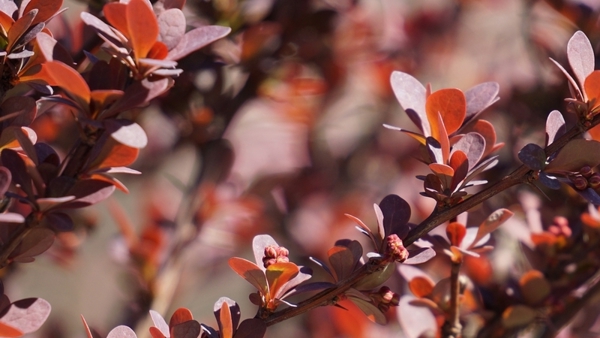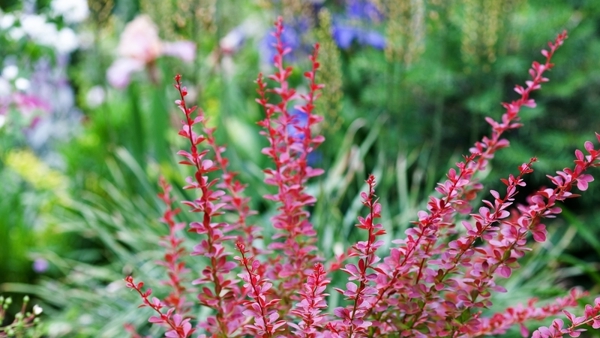Yates Account
Join now
Create a Yates account today!
Sign up to join the Yates Garden Club for monthly e-mails packed with seasonal inspiration, tips for success & exclusive promotions.
Plus if you’re a Garden Club member you can take part in the Yates Growing Community - a blog to share successes, get advice & win prizes in fun challenges along the way!

Forgot password
Enter the email address associated with your account, and we'll email you a new password.

Berberis, commonly known as Barberry, are a large and variable genus of about 400 species of hardy deciduous and evergreen shrubs. Whilst some are invasive weeds, many have been bred and cultivated for their beautiful foliage, flowers and even fruit, making them worthy additions to gardens. Their flowers are used for producing yellow dyes while their roots have been known for antibacterial properties. Different berberis varieties grow to varying sizes from 50 cm to 2 m and have a range of foliage colours, including purple, red, green and golden yellow. Berberis are great hedging plants and their mass of thorny stems can also work as a crime stopper!
How to grow berberis in your garden
- Choose north facing edges of the garden or edges which receive at least a few hours of sunlight throughout the day. Enrich a well-drained soil with Yates Dynamic Lifter Organic Plant Food. If the soil is clay based, add gypsum and fork in well.
- Dig the planting hole twice as wide and to the same depth as the root-ball. Remove the tree from the container, gently tease the roots.
- Position in hole and backfill with soil, gently firming down. Form a raised or doughnut shaped ring of soil around the outer edge of the plant's root zone. This helps keep water where it's needed. Always water in well after planting to settle the soil around the roots and keep the soil moist for several weeks while the new plant establishes.
- Mulch around the base with organic mulch like bark chips, woodchips or pea straw, keeping it away from the trunk.
- Water deeply, two to three times a week, depending on weather conditions.
- Feed every 6-8 weeks from spring to mid autumn with Yates Dynamic Lifter Organic Plant Food.
- For a hedge plant them at a distance of 3 metres.


Growing tips
- For best results and intense flower colours, position them in full sun.
- Water every few days when young, drought tolerant once established.
- Prune after flowering. Best to lightly prune, removing about 10cm.
- Avoid waterlogged soils as this can lead to root rot. Root rot is best alleviated by improving drainage.
- Some varieties include:
- Berberis valdiviana
- Berberis aquifolium
- Berberis vulgaris
- Cultivars include:
- Berberis thunbergii ‘Autopurpurea’
- Berberis thunbergii ‘Dwarf Gold’
- Berberis thunbergii ‘Golden Ring’
- Berberis thunbergii ‘Rose Glow’
- Berberis thunbergii ‘Helmond Pillar’
- Berberis thunbergii ‘Autopurpurea’
Dwarf Pōhutukawa (Tahitian Pohutukawa) is a fantastic flowering shrub or small tree ideal for use as a feature plant, hedge or screen.
Daphne
Daphne is an evergreen shrub with glossy green leaves and beautifully fragrant flowers in shades of white and pink. Grow in the garden or in pots.
Smoke Bush
Smoke Bush is an ideal shrub to add a splash of foliage colour to gardens. It provides year-round seasonal interest and looks fabulous in both gardens and pots.
Picea
Piceas, or Spruces, are evergreen coniferous trees from the Pinaceae family with a lovely conical shape, needle-like leaves and ornate pendulous cones.
Recommended products
Yates Thrive All Purpose Granular Plant Food
Easy-to-use granular plant food specially formulated with both fast acting and gradual feeding for up to 3 months, in the garden or pots.














Share
Share this article on social media